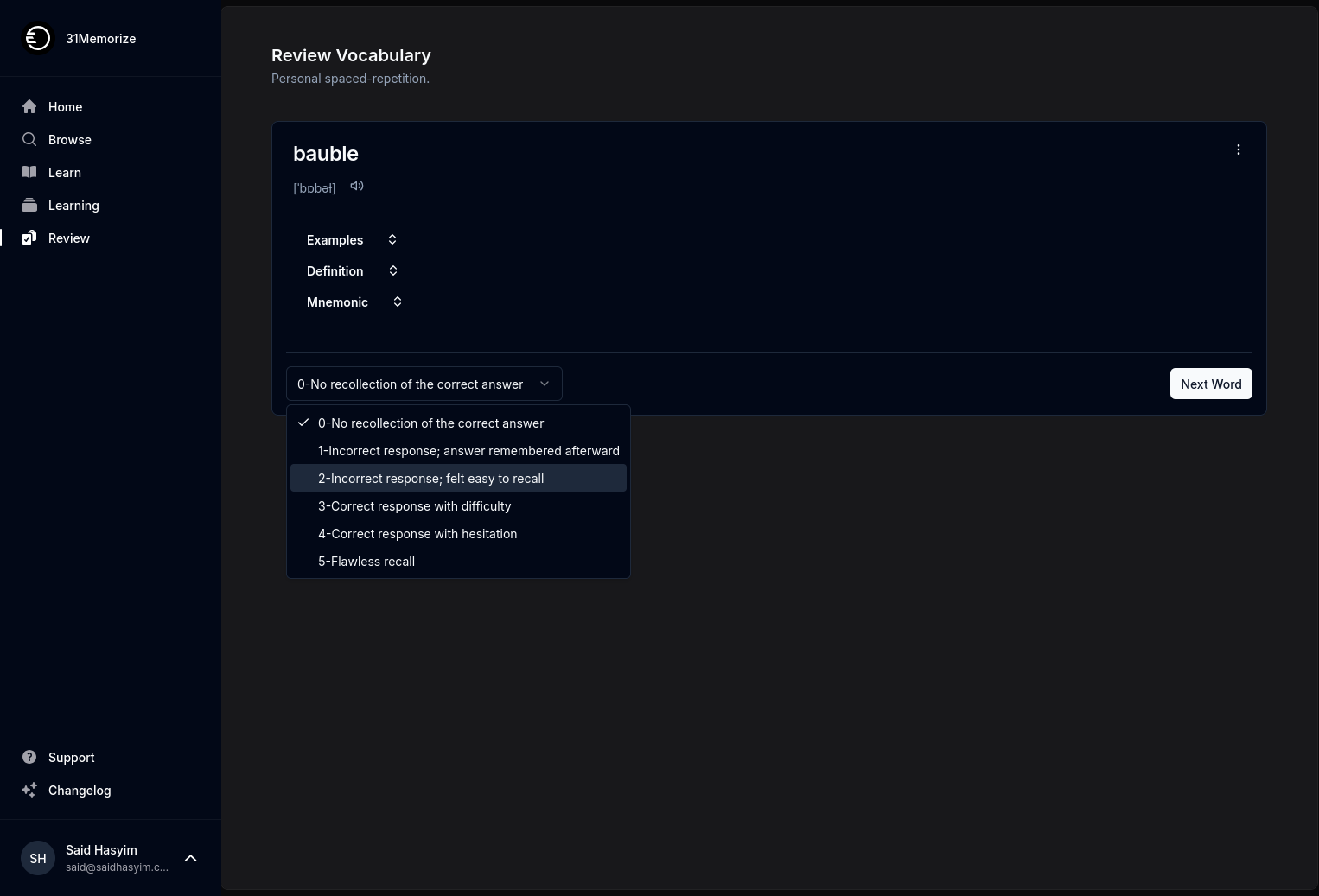Leveraging Reader Feedback for Enhanced Storytelling
Storytelling is an age-old craft, the magic that brings together creativity, imagination, and the human experience. In today's world, where narratives unfold across multiple platforms—from books to blogs to social media—the role of reader feedback has become crucial in shaping and enhancing stories. Whether you're a seasoned author or an aspiring writer, understanding how to effectively leverage reader feedback can significantly elevate your storytelling game. In this blog post, we will dive deep into the importance of reader feedback, explore various methods for collecting it, and offer practical tips for transforming that feedback into powerful storytelling tools.
The Importance of Reader Feedback
Reader feedback serves multiple purposes in the storytelling process. Here are some of the key benefits:
1. Identifying Strengths and Weaknesses
Feedback provides writers with insights into what resonates with their audience. Positive comments can help identify the strengths of your narrative—be it character development, dialogue, pacing, or thematic elements. Conversely, constructive criticism highlights areas for improvement, prompting writers to refine their skills and enhance future projects.
2. Building Reader Engagement
When you actively seek and respond to feedback, you foster a sense of community and engagement among your readers. This interaction not only enriches the overall story experience but also encourages readers to become invested stakeholders in your writing journey.
3. Enhancing Creativity
Feedback can spark new ideas and perspectives that may not have occurred to you as a writer. Constructive criticism encourages you to think outside the box, allowing your narrative to evolve beyond your initial concept, infusing fresh energy and creativity into your work.
4. Exploring Diverse Perspectives
Readers come from varied backgrounds and experiences, and their feedback can offer valuable insights into how different demographics perceive your story. This broader perspective can help you craft narratives that are more inclusive and representative.
Methods for Collecting Reader Feedback
To harness the power of reader feedback effectively, writers need to be proactive in seeking it. Here are some methods to gather insights from your audience:
1. Surveys and Polls
Creating surveys and polls can help you gather valuable quantitative and qualitative data from your readers. You can inquire about specific elements such as character preferences, plot twists, or emotional impact. Online tools like Google Forms or SurveyMonkey can facilitate this process.
2. Focus Groups
Organizing a focus group can provide in-depth feedback on specific aspects of your story. By engaging a small group of readers in a structured discussion, you can gain valuable insights into their thoughts, feelings, and reactions to your narrative.
3. Social Media Engagement
Social media platforms offer an excellent opportunity to connect with your readers. By posing questions, sharing snippets of your work, or creating engaging content related to your story, you can encourage dialogue and gather informal feedback. Pay attention to comments and reactions, which can reveal crucial insights about your storytelling.
4. Beta Readers
Beta readers are individuals who read your manuscript before it’s published. Choosing trusted readers who represent your target audience can provide you with focused feedback on plot clarity, character complexity, pacing, and more. Their opinions can guide final edits and revisions.
5. Dedicated Feedback Platforms
Consider utilizing dedicated platforms where readers can leave comments, critiques, and suggestions. Websites like Wattpad, Archive of Our Own, or writing communities like Scribophile allow for pointed feedback from fellow writers and avid readers alike.
Transforming Feedback into Actionable Changes
Once you've gathered feedback, the next step is to analyze and integrate it into your storytelling process. Here are some strategies to ensure that this feedback translates into effective storytelling:
1. Categorize Feedback
Not all feedback will be equally relevant or useful. Start by categorizing responses into themes, such as character development, pacing, plot holes, and emotional impact. This will help you focus your revisions on specific aspects of your story.
2. Prioritize Constructive Criticism
Identify constructive criticism that aligns with your vision for the story. While it may be tempting to act on every piece of feedback, prioritize those that resonate with your narrative goals and will genuinely enhance the story.
3. Test New Ideas
Incorporating reader feedback can open the door to innovative storytelling techniques or plot developments. Experiment with new ideas based on reader suggestions to see how they play out in your narrative. Be willing to take risks!
4. Communicate Changes
Engage your readers by sharing how their feedback has influenced your revisions. This not only fosters a sense of community but also demonstrates that you value their insights. Whether through social media, newsletters, or blog posts, keep them in the loop about the evolution of your story.
5. Reflect on Your Voice
While reader feedback is essential, remember that your unique voice and storytelling style should always be evident. Use feedback as a guiding tool, but ensure that your authenticity remains at the forefront of your narrative.
Conclusion
Storytelling is a dynamic, evolving craft that benefits immensely from reader input. By actively seeking, collecting, and applying reader feedback, you can enhance your storytelling, strengthen your connection with your audience, and refine your creative voice. Embrace the collaborative nature of storytelling and allow your readers to be partners in the creative journey. After all, a great story is not just a reflection of the writer’s imagination but also a resonant echo of its audience's experiences, desires, and hopes. The world is waiting for you to tell your story—make it a tale that feels alive and compelling, one that reflects both your voice and the voices of those who share in your narrative journey.
